How to Use Different Marker Tips for Stunning Projects
Last Updated: October 29, 2025
Don't you just love markers? With their vibrant colors, easy-to-use features, and endless possibilities for beautiful designs, markers are an indispensable tool to have in your crafting arsenal. Whether they're water-based markers or alcohol markers, no crafty room is complete without an array of markers for coloring, drawing, and outlining.

If you're like us, constantly on the prowl for new markers to play with, you've most likely stumbled upon terms like "dual-tipped markers" or "chisel markers." The truth is that different markers feature different tips, and some marker tips are better suited for specific techniques.
In today's blog post, we'll discuss the different types of marker tips, how to use them, and what kind of projects these tips are best for. So get your markers out, and let's get swatching!
Categorizing Different Marker Tips by Size
When it comes to finding the "write" (pun intended, LOL!) marker tip, you should know that marker tips are categorized according to their size and shape.
In terms of the different types of marker tip sizes, from small .03mm to large 0.50mm markers, you can use them accordingly for different types of crafty projects. Here are the different types of marker tips according to size:

Extra-Fine Tips
Markers with extra-fine tips have the smallest tips around and are great for adding extremely precise thin lines. This type of marker is excellent for making detailed drawings and strokes, perfect for those projects that have nooks and crannies that would be hard to reach with a more rounded tip.
Fine Tips
Fine-tipped-markers still have small and thin tips, but they are somewhat bigger than the extra-fine ones. These markers typically come in various sizes, but the most common sizes are 0.3mm and 0.5mm. Some brands may also offer fine-tip markers in other measures such as 0.1mm, 0.2mm, and 0.4mm.
These kinds of marker tips are usually used for adding outlines, pronounced detail, and writing small text or sentiments. If you'd like to add accents to your cards, make fine-line drawings, or add highlights to your images, fine-tip markers are the way to go!

Beach Garden Artist Alcohol Markers Set K
Medium Tips
If you're looking for a bigger tip that can help you color more areas easily, then medium-tip markers are the one for you! These kinds of marker tips usually come in 0.7mm and 1.0mm, but it would depend on the brand. Medium-tip markers are your regular-sized markers that are more versatile. These are commonly used to color, draw, and add details.

Water Garden Artist Alcohol Markers Set G
Broad Tips
Since these cover a bigger area, markers with broad tips are commonly used for larger projects, such as signs, artboards, or other lettering projects. The size of the broad tip will affect the coverage and thickness of the lines you can create, as these larger-tipped sizes produce wider strokes. If you'd like to color an A2 sized-card background immediately, then using these jumbo markers is your best bet!
Categorizing Different Marker Tips by Shape
On the other hand, you can also understand marker tips by their shape and design. From chisel to brush markers, choosing the best tip for your project ensures your ease of use and results in the stunning strokes you want. To know the best kind of marker to use, take note of these different marker tips:

Brush Tip Markers
Brush tip markers are one of the most common types of marker tips. These brush-tipped markers are perfect for coloring and calligraphy, similar to the end of your regular painting brushes.
When you press down on the side heavily, you can create bolder strokes and make thin strokes when you use lighter pressure with its tip. This pressure is why calligraphers often use this kind of marker, to make it easy to switch between upward and downward strokes - resulting in the beautiful script that calligraphy is known for.
Chisel Tip Markers
True to its name, chisel tips feature a flat slanted angle, which results in straight lines and strokes. Because of its angled tip, you can make both thin and thick strokes by simply adjusting your hold on the marker. Use the tip to create straight and small lines.
On the other hand, you can press down on the bulkier side of the slant to make bolder ones. A great example of a chisel tip doing this is a highlighter, which can be used to easily shade notes in a book.
With chisel tips, you can also make calligraphy art, specifically broad-edge ones, such as Blackletter, Italic, and Gothic Script. This kind of tip is also perfect for shading and outlining since you'd be more precise with the direction of your marker.
Fine Tip Markers
As mentioned earlier, fine-tip pens are great for adding thin lines and details to your projects. Unlike broader tips, these markers won't smudge as easily and will give you beautiful outlines, stripes, and patterns. They are perfect for scrapbooking, journaling, and cardmaking, as you can quickly write captions, journal entries, and sentiments that will still be thicker than regular pens.
Bullet Tip Markers
While fine-tip markers feature pointier edges, bullet tips are thin tips with a rounder shape. They are also ideal for writing and coloring in small areas but not so much for large ones. They are fatter than fine tips but smaller than chisel tips.

Coloring Essentials for Crafting
Most normal permanent markers come in bullet tips, as they are perfect for writing on boards and signs. Commonly, you can use them for arts and crafts, and even for your home use! You can use them to jot down important reminders, add dots to cards, or make cover pages for your journals.
Dual-Tipped Markers
Dual-tipped markers offer the best of both worlds! While dual tips vary from brand to brand, here at Altenew, we have both brush and fine tips for our water-based Hawaiian Shores. Dual tips can help you tackle a wider variety of projects, such as coloring, drawing, calligraphy, outlining, and even highlighting.
Wouldn't switching from a brush-tip to a fine-tip while working on your project be fun? Not only will it be convenient, but it will also result in a more impressive design featuring different strokes with different weights.
How to Maximize Your Marker Tips for Paper Crafting

Island Garden Artist Alcohol Markers Set H
Now that you know the different types of marker tips and sizes, it's time to use them for your crafty projects! Here are some tricks on how to make the most out of your markers and their tips:
- Choose the right marker tip for your project. Consider the size and type of marker tip that will work best for your project. Fine tips are great for detailed work, while broad tips are better for filling in large areas.
- Practice your technique. Experiment with different stroke widths and angles to achieve the desired effect. Try holding the marker at different angles to see how it affects the line thickness and texture.
- Use different marker tips to create depth and texture. Combine different tip sizes to play around with techniques such as cross-hatching, dotting, and circling.
- Layer colors. Use different marker colors to create depth and dimension in your project. Start with lighter colors and build up to darker shades for a more realistic effect. This is best done with alcohol markers, as they are well-known for their blending capacities.
- Experiment with different surfaces. Try using markers on different surfaces, such as paper, canvas, or wood, to see how they perform. Some markers may work better on certain surfaces than others.
Practice, practice, practice. The more you use different marker tips, the more comfortable you will become with them. Keep practicing to improve your skills and create even more stunning projects! If you want to start with an easy coloring technique, check out Erum's video below:
Keep Your Projects in Tip-Top Shape With These Tips!
Please forgive us for the puns - we really adore markers! Have we convinced you to try out different marker tips yet? With different marker tips, you can explore new ways to make projects look more beautiful and striking.
From brush pens to chisel tips, each tool has its own unique combination of lines that bring your crafting to life. All it takes is a little creativity, patience, and practice – and before you know it, you're an expert at coloring with markers!

Poinsettia Cluster 3D Embossing Folder
If you want to learn more coloring techniques with markers, visit our Youtube channel for video tutorials. As always, we've got plenty of resources here at Altenew just for you. Don't forget to also check out our All About Crafting blog at Altenew for more inspiration!



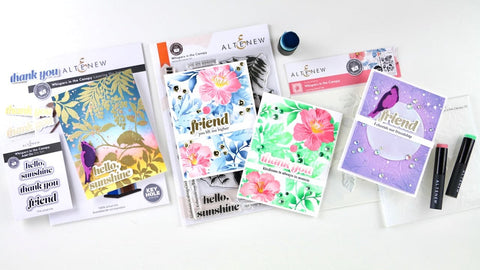





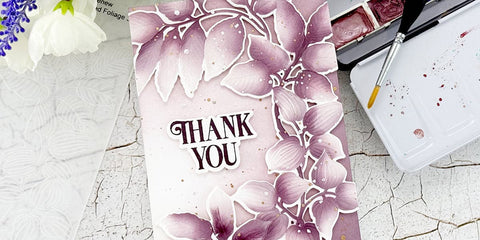
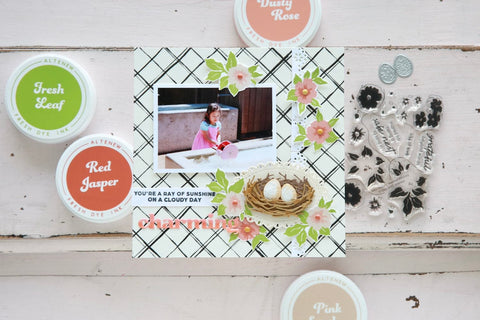
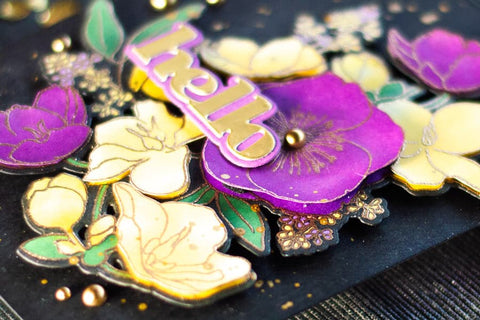
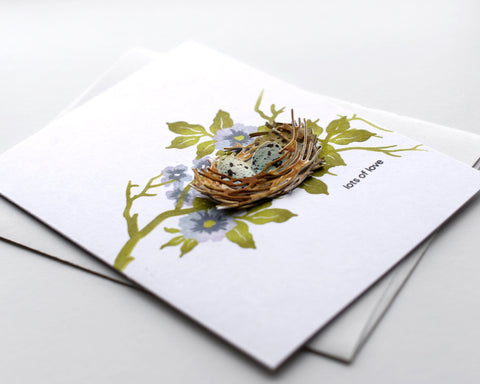



Helpful, thank you. Now, to find a source for replacement tips! So many of my brush markers have worn out tips but the barrels still have plenty of ink. Any sources you are aware of?
Thank you for your comment, Patricia! We are glad you enjoyed the video and the post :) <3
I watched the first video all the way through, beautiful flower by the way. I just wanted to say a couple months ago I watched a very similar, shorter version and I tried it on my stamp from Altenew and this flicking technique makes a great flower indeed. I don’t have alcohol pens, just water color as I am still new to this area of cardmaking/scrap booking. Love these tips!!
Thank you for your appreciation, Mary!
We believe in you, Alicia! Looking forward to your alcohol marker projects :) <3